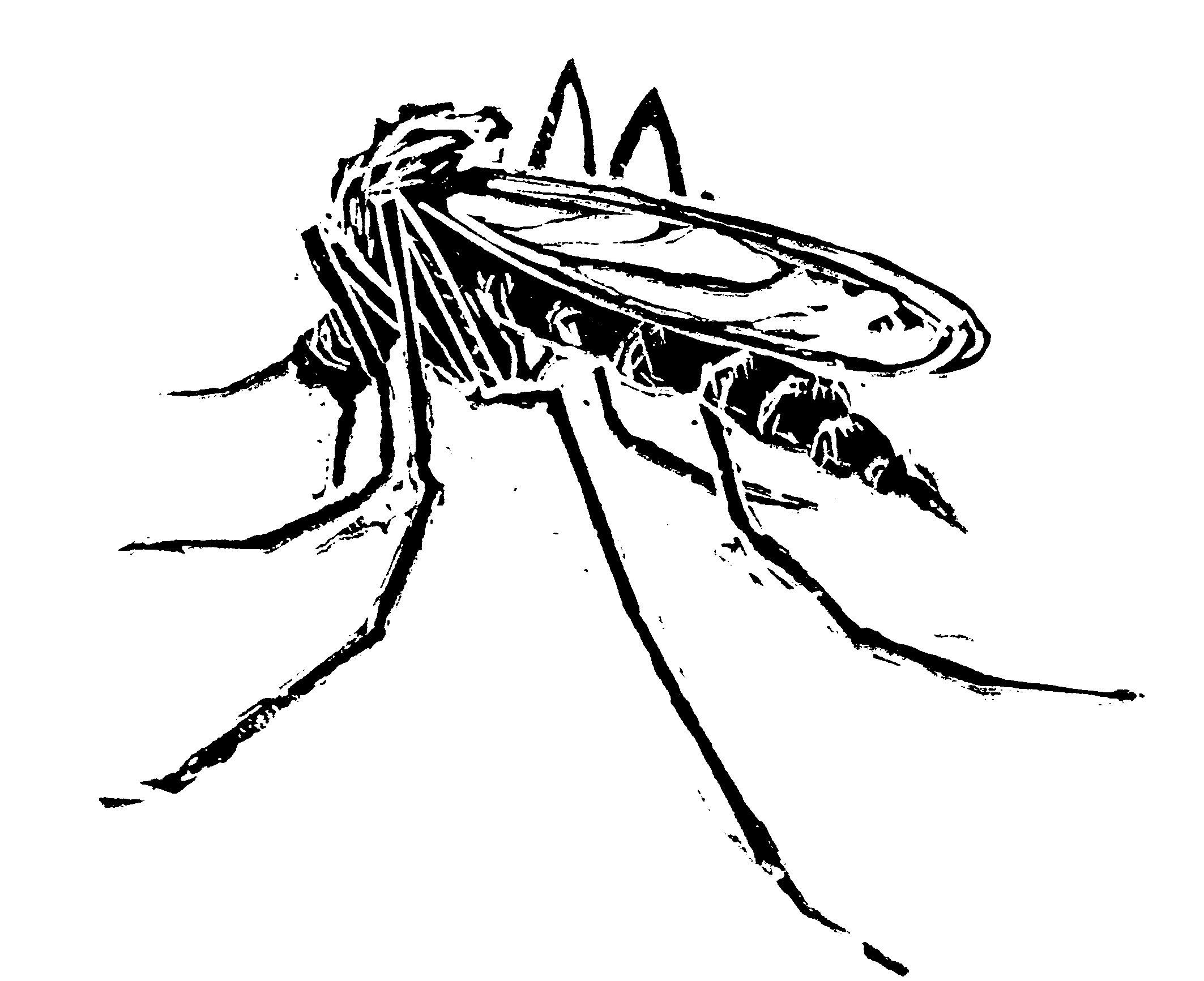How to improve sustainability for small and independent classical music festivals
Silence Festival is part of a European collaboration of small and mid-size music festivals. The project Festivallinks 2.0 is already a second project for the collaboration. It brings together five festivals from all corners of Europe. The current project aims at building on and expanding the results of the previous project with a renewed European consortium.
The project is funded by the European Commission’s Creative Europe programme.
Silence festival 2023, photo Jouni Porsanger. Mikko Perkola peforming at Ojanperä Soirée.
Continuing the work of Festivallinks
Festivallinks 2.0 builds up on a first successful iteration of the project funded by Creative Europe (2018-2020). The previous project generated substantive results for participating partners, through a peer-to-peer exchange of Good Practice Concepts and the creation of a pilot audience research tool: ARTSCORE. The tool was devised to overcome the audience information vacuum. It is a tool which gives (classical music) festivals vital audience insights with fully customizable audience surveys.
Read more about the previous project on Silence website: Festivallinks
Objectives: Artistic collaboration, audience research and development and
capacity building
Capacity building
The first objective of the project is to enhance the capacities of small and independent organisations’ team in facing common challenges and difficulties throughout peer exchange and access to specialised expertise. It consists of a preparatory activity and two meet-ups in Dordrecht and Latvia.
Artistic creation and collaboration
The second objective is to enhance artistic collaboration and stimulate joint creative processes and decision-making combining own-identities and community-rooted initiatives with common and shared values. It consists of artistic coordination and networking amongst the festivals’ artistic directors. They will jointly select four composers to create compositions that can be performed in multiple ways. After the compositions have been completed, the artistic directors, in dialogue with the respective composers, will make the compositions to be performed in their festival by selected local performing artists, leading to a total of 16 performances in four countries. All performances will be recorded and curated (160’ footage) into an online concert that will be streamed by all festivals at the same time and can be viewed by audiences throughout Europe.
Audience development and communication & dissemination
The third objective is to accelerate the shift towards more audience-centric organisations upgrading the methodology for audience research which is suitable for small and independent festivals. The ARTSCORE Impact Dashboard, n online tool that helps festival organisations collect, combine and analyse festival and audience data, will house festival and audience data that will be combined and analysed, year over year. The resulting insights will be available on-demand in user- friendly, visual reports, supporting festival organizations’ efforts.
Ultimately at the end of the Festivallinks 2.0 project the ARTSCORE tool will be made available to peer organisations with similar needs and ambition of becoming audience-centric organisations.
Read more about the project: https://festivallinks.eu/
One of the biggest challenges for classical music festivals nowadays is to reach audiences for live performances. “Festivallinks 2.0” is a European cooperation project in the field of European classical music that seeks to contribute to greater sustainability for small and independent classical music festivals in Europe through artistic collaboration, audience research and development and capacity building.
It brings together 5 partners from 4 different countries. They are 4 small and independent European festivals: Classical Beat (Germany), Silence Festival (Finland), Sansusi Festival (Latvia), Bach Festival Dordrecht (Netherlands). The project is coordinated by LUSTR (Netherlands) -a cultural agency specialized in audience development. The festivals all share featuring characteristics: their size (<8 permanent staff), audience reach (<5.000 tickets sold), structure (not publicly funded and managed, based on an artistic identity) and their location (on the periphery of cultural hubs and capitals.




